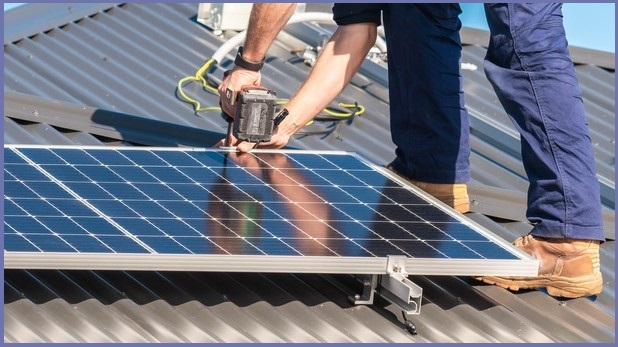The ongoing energy crisis across the world is being felt in the wallets of every household. In the October budget, the Australian Treasury forecast a 56 per cent rise in electricity prices and a 44 per cent increase in gas prices in 2023.
Recently, the federal government announced a price cap on gas and coal to help ease the cost of energy. Along with the caps, the government will also provide up to $1.5 billion to support households and small businesses.
Technology and innovation has now hit an all time high as energy providers and national leaders seek to find better alternatives and bring energy prices down.
Last month, the Australian government announced its plans to invest $500 million in the Powering Australia Technology Fund to help businesses progress innovative projects and technologies to reduce emissions.
This funding will be provided to the Clean Energy Finance Corporation (CEFC) and will boost commercialisation of innovative clean energy technologies.
Chief Economist at CSIRO's Energy business unit, Paul Graham, said the electricity prices being experienced are a function of Australia’s participation in global open markets for fossil fuels and how Australia’s electricity market passes those fuel costs through to consumers.
“Assuming we don’t want to break away from either of those existing market arrangements, there are several options available. At a macro level, any effort to reduce fossil fuel prices, either diplomatically in regard to the Ukraine war or through domestic price controls, will reduce electricity costs.”
Energy technology costs have risen across the board due to increases in raw material and freight costs.
Wind and solar remain the lowest cost source of new electricity generation, taking into account all integration costs such as the need for additional storage and transmission. Other less mature technologies could play a greater role but will need more support to bring down their costs.
Graham adds there are four key components of the energy system – electricity, industry, transport and exports – and all are evolving, in some cases more rapidly than expected.
Technology innovations saving billions
Back in 2017, CSIRO analysis estimated it would cost Australia a trillion dollars to convert to renewables. Today the current estimate is much lower at $500 billion. A large part of this is due to recent technological innovations.
There are many innovations that are shaping the renewable energy sector, from solar power, energy storage, electric vehicles to innovative heat pumps, hydrogen technologies, smart electricity grids and more alternatives for coal, oil and gas.
For change to begin, Graham said it is critical to reduce our reliance on fossil fuels by deploying more renewable generation technologies, which are the lowest cost source of the new-build generation.
Low-emission technology options are already available in the area of decarbonisation in the energy sector. He adds this is essential for Australia to achieve its emissions reduction targets.
The focus now is how to integrate these into the electricity systems in the most efficient and cost-effective way possible, ensuring that Australia has a future energy supply that is sustainable, reliable and affordable.
“In the electricity sector, we’re now in an extremely fortunate position in that the technologies we need to decarbonise electricity supply, in the last few years, have emerged to be the cheapest technologies available to deploy,” said Graham.
Saving energy at home
Electric technologies for space heating (heat pumps / air conditioning) and cooking (electric induction) can be 30 to 50 per cent more efficient than gas technologies. There are also pool pumps and heaters that take into account the different seasons to reduce energy use.
“Space heating, cooling and hot water are typically the largest source of energy consumption in the home. There are a wide range of control and monitoring systems available for households to monitor their electricity use by setting their electricity demand to avoid peak times and take advantage of off-peak rates where time of use pricing is available.”
As for the future, expect home management systems to become more sophisticated over time with the introduction of a combination of rooftop solar and home batteries.
Rooftop solar PV is by far the most preferred technology Australians have adopted for managing their electricity bills with millions installed across the country.
“This is not surprising as the payback period on rooftop solar is as short as three years depending on the size and household energy demand. Sales of batteries for home energy management are around 20,000 per year. Their sales have not grown as fast as because they remain a fairly high cost purchase - around $15,000 but with significant variation,” said Graham.
Another technology project underway by an Australian grid operator is working to see how home energy resources can be integrated into the grid to support system balancing, providing a potential extra source of revenue for households.
Electric vehicles have the potential to be a future game changer in terms of home energy management since a long range electric vehicle (600-700km) will hold enough energy to run a typical household for several days.
“Electric vehicles are growing with sales in 2021-22 reaching around 42,000 per annum which represent a near doubling from the previous year,” Graham adds.










